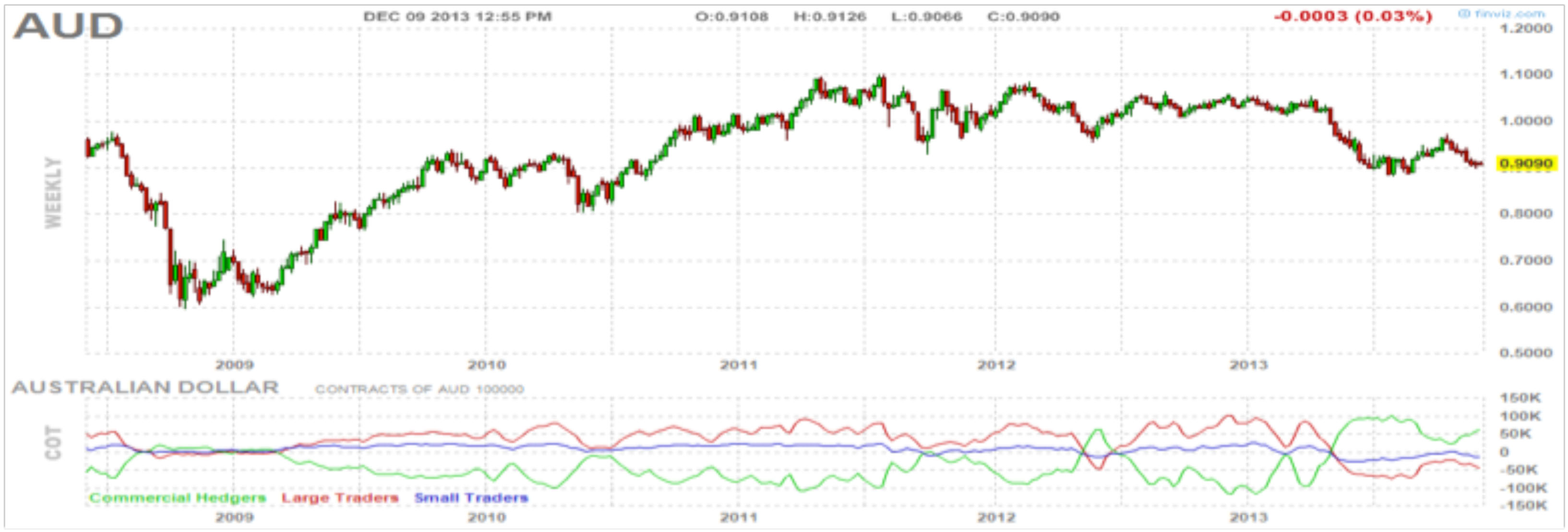As producers of grain, we tend to focus our attention on the physical market forces affecting our crops as we look to the market for indicators of change in values. It is an extremely logical and important way to look at the market. If I am a grower of wheat, a marketer of wheat, and a consumer who eats products made from wheat, it would make sense that I am naturally inclined to pay attention to all things pertaining to wheat, and to utilize that knowledge in both my production and marketing decisions. While that is all a worthwhile and good practice, there is always more to the story.
The two key factors in a marketplace which are the most difficult to quantify are the supply of money and enthusiasm, and to make a market rally, you need and adequate supply of both of them. The most recent period when we saw a major shock in commodity values which had essentially nothing to do with the availability of those commodities was the fall of 2008.
In September of 2008 the U.S. economy was sent staggering by a collapse in a scheme built on trading “mortgage backed equities” which were at least partially comprised of sub-prime mortgages. The result broke the back of several American banks, (including Leeman Brothers), and created a credit crisis as the government scrambled to stabilize the banking sector. While all of this was going on, grain prices stumbled, not because of anything specific to grain supply, but because people lacked the money and enthusiasm to take positions on it.
The charts below are of the Canadian dollar and the Australian dollar, for the period between mid 2008 and today. These are both commodity-based currencies, but if you put oil or copper price labels on the graphs they would look exactly the same shape. From these graphs you can identify all of the critical economic events of the past five years. The September 2008 credit crunch, and also the outcome of the US Federal Reserve’s QE 1 and QE 2, (the periods of quantitative easing. QE 1 starting in March 2009 and QE 2 starting in August 2010).


What is key for grain growers to notice is that for the past six months, the commodity markets in general have been short on enthusiasm. The great news is that we’re not in historically bad shape, but we are in the midst of a commodity market downturn which extends far beyond North American agricultural production. Even if we had not harvested the largest corn crop in history this fall, the larger market still doesn’t have any real fire in its gut to own stuff.
The take-away lesson for producers is that we need to dial back our price expectations in the marketplace and adopt a much more defensive posture for marketing. Rather than trying to make sales which hit the highs of a rallying market, we need to be looking for the sales which limit the downside risk if things continue to drift. In order to get $6.00/bu corn, we need both a supply issue which gets it pointed that direction, and fast money that wants to buy it because they think it’s headed to $6.50.



